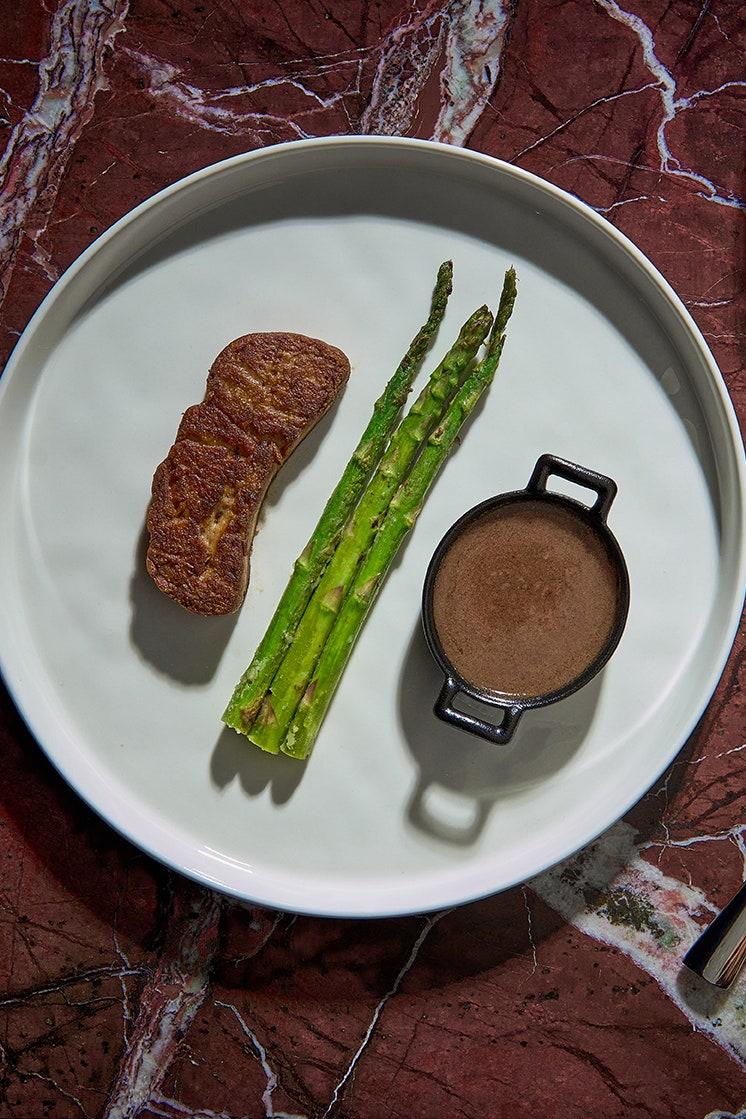Foie gras, known for its rich and buttery texture, has long been a delicacy craved by food enthusiasts around the world. However, its production has been a subject of controversy and ethical concerns. Now, thanks to advances in technology, a new alternative has emerged: lab-grown foie gras. This groundbreaking development promises to reshape the food industry and provide a sustainable and ethical alternative for foie gras lovers.
Traditionally, foie gras is made through the force-feeding of ducks or geese in a process called gavage. This practice has been criticized for its impact on animal welfare, as it involves overfeeding animals to enlarge their livers. The force-feeding methods can cause discomfort, stress, and even physical harm to the birds. With lab-grown foie gras, however, these ethical concerns are effectively eliminated.
Lab-grown foie gras is produced using tissue engineering techniques. It involves taking a small sample of animal cells, such as duck or goose liver cells, and placing them in a controlled environment where they can multiply and develop into larger tissues. This process ultimately creates a piece of foie gras that is virtually indistinguishable from the traditional version, both in terms of flavor and texture.
The benefits of lab-grown foie gras extend far beyond ethical considerations. One of the most significant advantages is the positive environmental impact. Traditional foie gras production requires vast amounts of resources, including water, land, and feed for the animals. Additionally, it contributes to greenhouse gas emissions, water pollution, and deforestation. By contrast, lab-grown foie gras has a significantly reduced environmental footprint. It requires less land and water usage and produces fewer greenhouse gas emissions, making it a more sustainable choice for the future.
Moreover, lab-grown foie gras offers a consistent and reliable supply chain. Traditional foie gras production is heavily dependent on seasonal factors, such as migration patterns and weather conditions for birds. Lab-grown foie gras, on the other hand, can be produced year-round under controlled conditions, providing a more stable and accessible food supply for consumers.
Despite these advantages, the introduction of lab-grown foie gras may face some challenges. The cost of production for lab-grown meats is still relatively high, making it initially more expensive than traditional foie gras. However, as technology advances and economies of scale are achieved, the price is expected to decrease, making it more accessible to a wider audience.
Another hurdle is the acceptance of lab-grown foie gras within the culinary world and among consumers. Traditional foie gras holds a long-standing reputation as a luxury dish, and it may take time for people to embrace a new alternative. However, with increasing awareness of the ethical and environmental concerns surrounding traditional production methods, the demand for sustainable and cruelty-free options is on the rise.
lab-grown foie gras represents a significant breakthrough in sustainable and ethical food production. Its ability to deliver an authentic taste experience while reducing environmental impacts and eliminating animal welfare concerns makes it a compelling option for both food enthusiasts and those seeking a more conscientious dining experience. With continued advancements in technology and growing consumer interest in sustainable food choices, lab-grown foie gras has the potential to revolutionize the way we enjoy this gastronomic delicacy.

